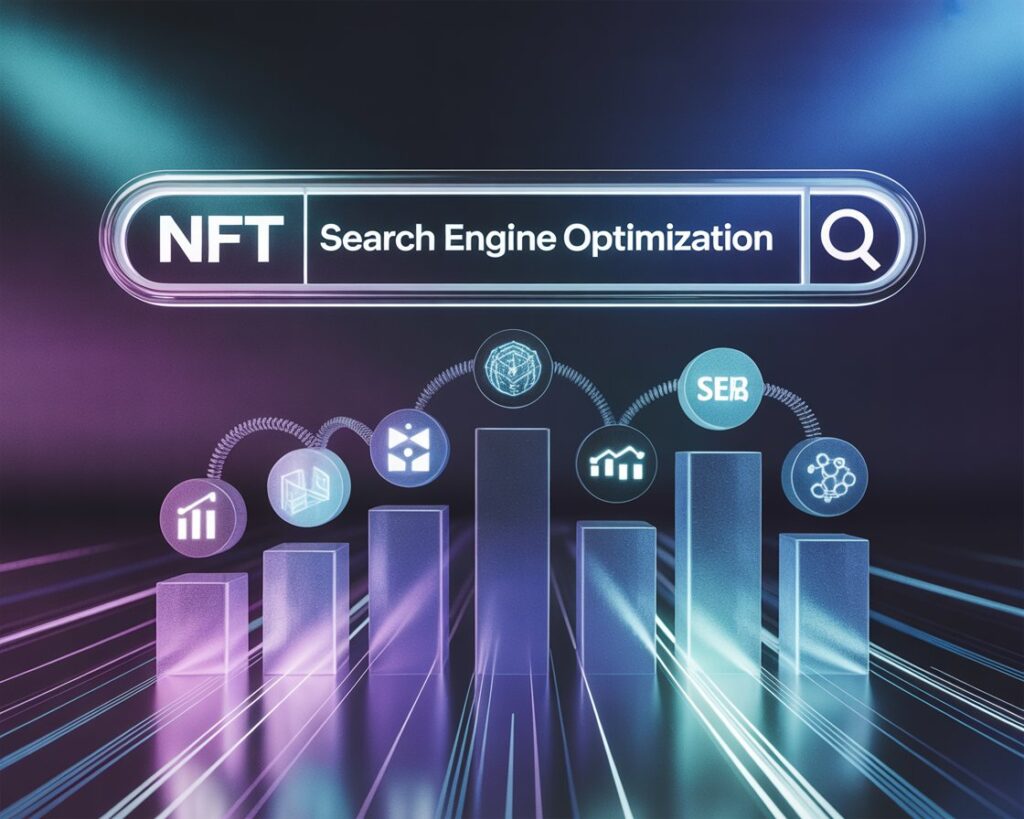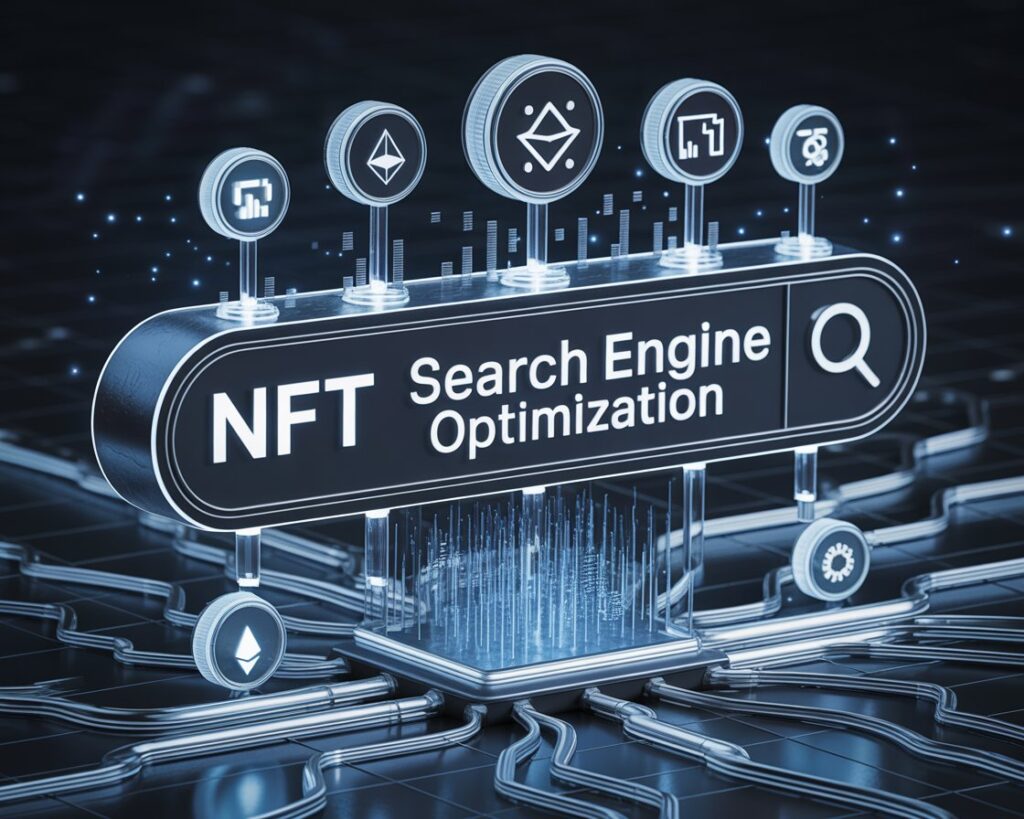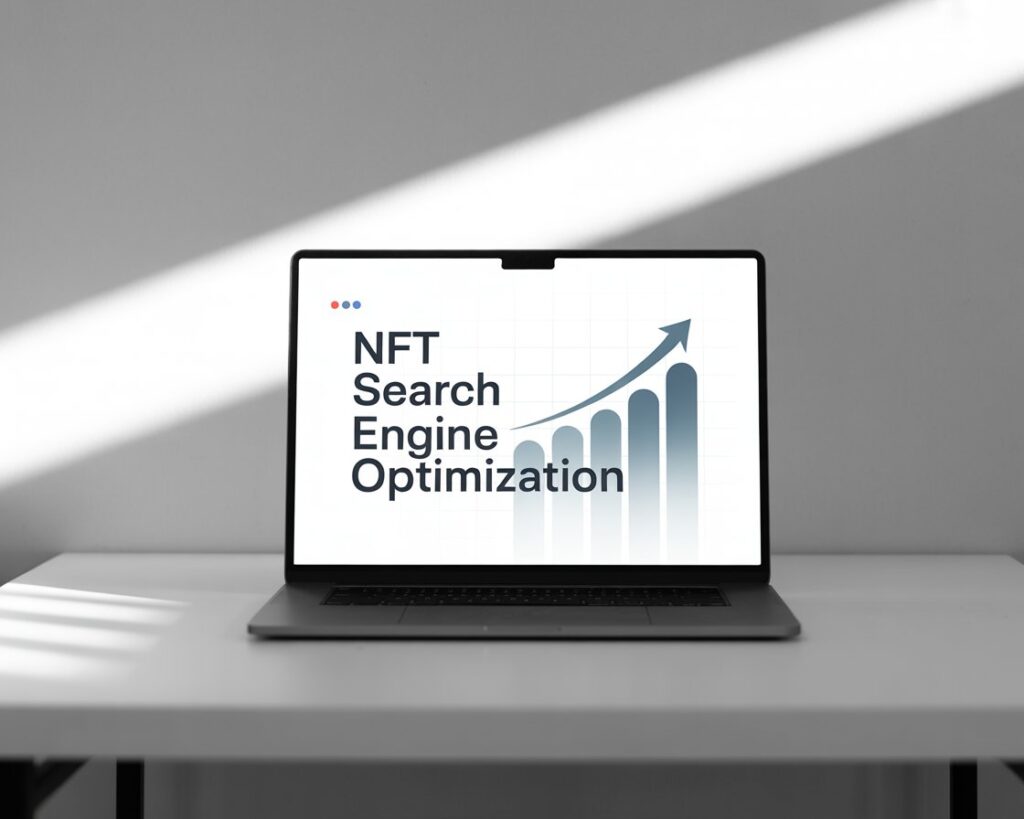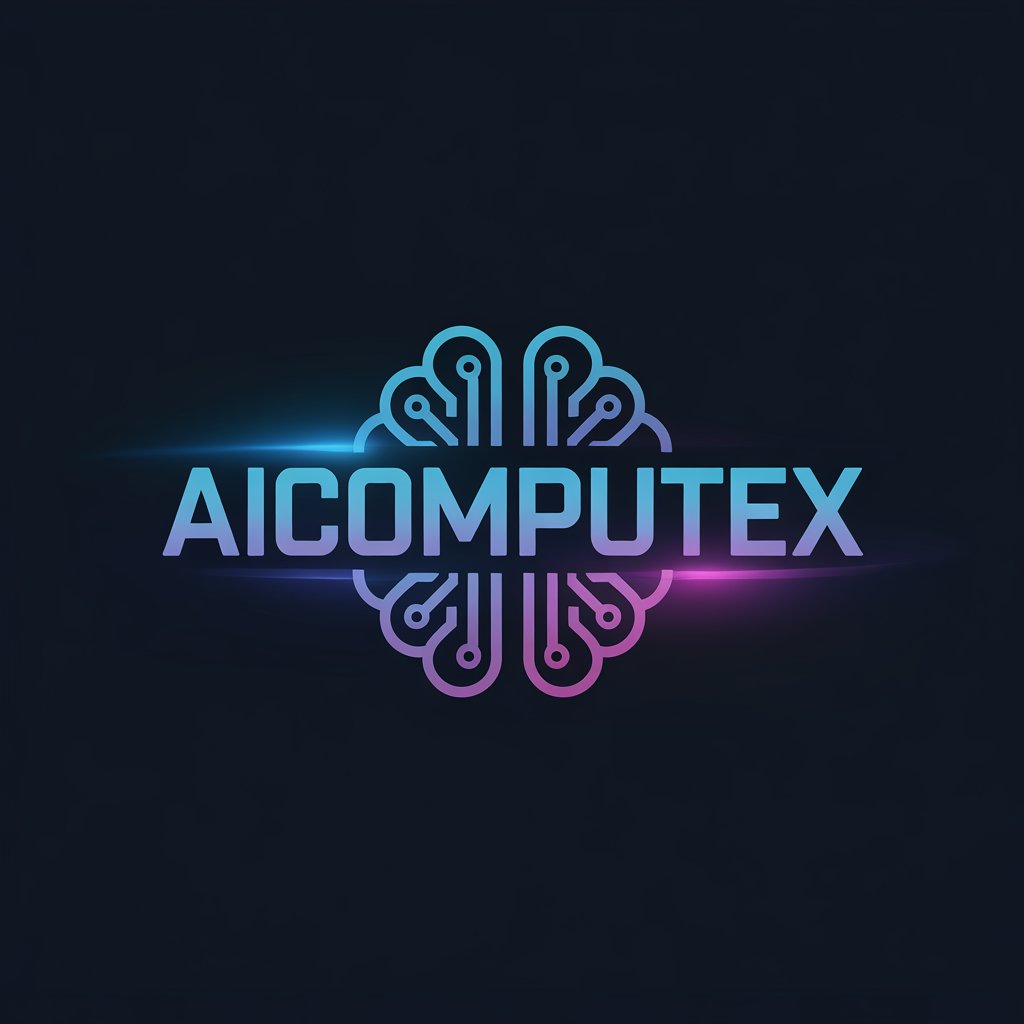Learn NFT SEO strategies to rank higher, attract buyers, and increase visibility for your digital art and blockchain-based creations.
Introduction:
NFT SEO is the key to making digital art stand out in today’s crowded blockchain world.
The NFT market is expanding at lightning speed, attracting global creators and collectors.
Effective SEO boosts visibility, drives organic traffic, and fuels sales.
Fierce marketplace competition demands strategic optimization for lasting success.
Understanding NFT Search Engine Optimization
NFT Search Engine Optimization (NFT SEO) is the secret weapon for getting your digital assets noticed in a sea of competitors.
With thousands of new NFTs launching daily, smart optimization is the difference between getting buried and getting discovered.
What is NFT SEO?
NFT SEO is the process of improving how your NFTs appear in search results—both on platforms like OpenSea and on Google.
It combines keyword targeting, content optimization, and technical tweaks to make sure buyers find your work.
Think of it as giving your NFT a spotlight in a crowded digital gallery.
Differences Between Traditional SEO and NFT SEO
While traditional SEO focuses on ranking websites, NFT SEO also involves optimizing listings on blockchain marketplaces.
It’s not just about blogs and landing pages—it’s about fine-tuning NFT titles, descriptions, tags, and even image metadata.
NFT SEO must account for both search engines and marketplace algorithms.
Why NFT Creators and Collectors Should Care
For creators, NFT SEO means more visibility, more bids, and higher sales potential.
For collectors, it helps discover rare, valuable pieces before others do.
In a fast-moving NFT market, optimization is not optional—it’s the edge that keeps you ahead.
Keyword Research for NFTs

Keyword research for NFTs is the foundation of getting your digital art seen by the right audience.
Without the right keywords, even the most stunning NFT might remain hidden in the crowd.
How to Find High-Traffic NFT-Related Keywords
Start by searching for terms buyers are already using.
Look at NFT marketplace search bars, trending tags, and competitor listings.
High-traffic keywords often reveal what’s hot in the market right now.
Using Tools Like Google Keyword Planner, Ahrefs, and SEMrush
These tools help you discover keywords with high search volume and low competition.
Simply enter “NFT” plus your art style, theme, or niche to see what people are searching for.
Use this data to guide your content and listing optimization.
Long-Tail Keyword Strategy for NFT Niches
Instead of targeting broad terms like “NFT art,” go for specific phrases like “3D abstract NFT art” or “cyberpunk NFT collection.”
These long-tail keywords attract a smaller but more targeted audience—people ready to engage or buy.
Targeting Buyer Intent Keywords
Buyer intent keywords signal that someone is ready to purchase.
Phrases like “buy rare NFT” or “limited edition NFT drop” connect you with active buyers, not just casual browsers.
On-Page SEO for NFT Websites

On-page SEO for NFT websites is all about fine-tuning your site so search engines and buyers can find your work fast.
A well-optimized page not only ranks higher but also keeps visitors engaged long enough to convert them into buyers.
Optimizing Titles, Meta Descriptions, and URLs for NFTs
Your title is the first thing both search engines and humans see.
Include your main keyword naturally in the title and meta description.
Keep URLs short, clear, and descriptive—avoid random numbers or symbols.
For example, use /3d-abstract-nft-art instead of /page?id=12345.
Image Optimization (WebP, Alt Text with Keywords)
NFTs are visual, so image optimization is critical.
Convert images to WebP format for faster loading without losing quality.
Add keyword-rich alt text to describe each image for accessibility and SEO.
Structuring Content for NFT Categories and Collections
Group NFTs into categories or collections to make navigation simple.
This helps users explore related works and keeps search engines understanding your site’s structure.
Internal Linking to Related NFT Pages
Link to other relevant NFTs or blog posts within your site.
This keeps visitors exploring and passes SEO value across your pages.
Off-Page SEO for NFT Projects

Off-page SEO for NFT projects focuses on boosting your credibility and visibility beyond your own website.
It’s about building authority so search engines and buyers see your NFTs as trustworthy and worth attention.
Building Backlinks from Art, Crypto, and Blockchain Blogs
Backlinks act like votes of confidence for your site.
When respected art, crypto, or blockchain blogs link to your NFT project, your search rankings improve.
Focus on earning links from reputable sources that share your niche and audience.
Guest Posting on NFT Communities and Websites
Writing guest posts for NFT-related sites helps you reach new audiences.
You can share insights, artist stories, or NFT trends while linking back to your own work.
This builds authority, drives traffic, and boosts your SEO at the same time.
Leveraging PR for NFT Launches
Press releases can create a buzz for your NFT drop.
Send your story to online magazines, crypto news outlets, and art publications.
Well-timed PR campaigns not only generate excitement but also bring valuable backlinks and traffic.
NFT SEO for Marketplaces (OpenSea, Rarible, Magic Eden)
NFT SEO for marketplaces is all about making your listings shine in platforms like OpenSea, Rarible, and Magic Eden.
A well-optimized listing grabs attention, ranks higher in marketplace searches, and increases your chances of making a sale.
Optimizing NFT Listings with Keywords
Choose keywords that match what buyers are actively searching for.
Place them naturally in your NFT title, subtitle, and short description.
Avoid keyword stuffing—keep the language natural and appealing.
Writing Engaging NFT Descriptions
Your description is your sales pitch.
Tell the story behind your NFT, explain its uniqueness, and highlight its value.
Use simple yet persuasive language to make buyers feel connected to your work.
Add relevant keywords without making it sound forced.
Tagging and Categorizing NFTs Effectively
Tags help marketplaces group your NFTs with similar works.
Use accurate tags that describe the style, theme, or medium of your piece.
Choose the right category so your NFT appears in relevant searches.
The more precise your tags and categories, the easier it is for collectors to find you.
Leveraging Social Media for NFT SEO
Leveraging social media for NFT SEO is one of the fastest ways to boost visibility and attract potential buyers.
Platforms like Twitter (X), Instagram, and TikTok give NFT creators direct access to engaged audiences worldwide.
How Twitter (X), Instagram, and TikTok Boost NFT Visibility
Twitter (X) is a hub for NFT discussions, artist updates, and community building.
Instagram allows you to showcase your art visually, while TikTok can generate viral reach with short creative videos.
Consistent posting keeps your NFTs in front of the right audience and drives traffic to your listings.
Hashtag Strategy for NFT Promotion
Hashtags act as keywords within social media platforms.
Use a mix of broad hashtags like #NFTart and niche ones like #CyberpunkNFT to target different audiences.
Limit to relevant hashtags so your posts look clean and professional.
Engaging with NFT Influencers and Communities
Interact with NFT influencers who already have loyal followers.
Comment, share, and collaborate to tap into their audience.
Join NFT-related groups, forums, and Twitter Spaces to network and share your work.
Active engagement builds trust, authority, and long-term visibility.
Technical SEO for NFT Websites
Technical SEO for NFT websites ensures your digital gallery runs smoothly, loads fast, and ranks well in search results.
A beautiful NFT site won’t matter if it’s slow, hard to navigate, or invisible to search engines.
Site Speed Optimization for Image-Heavy NFT Sites
NFT websites are often packed with high-quality visuals.
Compress images without sacrificing quality using formats like WebP.
Use a reliable hosting service and a content delivery network (CDN) to speed up global access.
Mobile Responsiveness for NFT Viewing
Most NFT buyers browse on mobile devices.
Your site should adapt perfectly to any screen size.
Buttons, menus, and galleries must be easy to tap and scroll on smartphones.
Schema Markup for NFTs
Schema markup helps search engines understand your NFT content.
By adding structured data, you can display rich results like price, availability, and creator details.
This extra information can make your NFTs stand out in search listings.
Content Marketing for NFT SEO
Content marketing for NFT SEO builds awareness, drives traffic, and positions you as a trusted voice in the NFT space.
By creating valuable content, you give buyers and collectors reasons to return, engage, and share your work.
Blog Posts on NFT Trends, Artist Spotlights, and Guides
Publishing regular blog posts helps target fresh keywords and keep your site active in search rankings.
Cover trending NFT topics, interview artists, or share step-by-step guides.
Quality blog content can attract backlinks and grow your authority.
Creating NFT-Related Videos and Tutorials for YouTube SEO
Videos are a powerful way to explain your art process, showcase collections, or teach NFT basics.
Optimize YouTube titles, descriptions, and tags with NFT keywords to boost discoverability.
Link back to your marketplace listings or website for conversions.
Email Marketing Integration for NFT Launches
Email lists keep your audience updated on new drops and events.
Send well-designed emails with engaging visuals, short descriptions, and direct links to purchase.
Personalized messages can drive repeat buyers and strengthen community loyalty.
Analytics & Tracking SEO Success
Analytics and tracking SEO success for NFTs ensures your optimization efforts actually pay off.
Without measuring results, you’re simply guessing what works.
Using Google Analytics & Search Console for NFT SEO Tracking
Google Analytics reveals where your traffic comes from, how visitors interact with your site, and which pages convert best.
Google Search Console shows which NFT keywords bring clicks and impressions.
Together, they help you spot strengths and weaknesses in your SEO strategy.
Monitoring Rankings for NFT Keywords
Track your target NFT keywords regularly using tools like Ahrefs, SEMrush, or Ubersuggest.
See if your rankings are improving or dropping over time.
High-priority keywords should always be monitored closely to keep your visibility strong.
Adjusting Strategies Based on Performance
If a keyword isn’t delivering results, try refining your content or targeting a different search term.
Update underperforming pages with fresh descriptions, new images, and better meta tags.
Continuous improvement ensures your NFTs stay competitive in search results.
Common NFT SEO Mistakes to Avoid
Common NFT SEO mistakes can quietly hurt your rankings and limit your visibility in a competitive market.
Avoiding these errors will help your NFTs stand out and reach more buyers.
Ignoring Image Optimization
NFTs are highly visual, but large, uncompressed images slow down your site.
Use WebP format to keep quality high and loading times fast.
Add descriptive alt text with relevant keywords so search engines understand your visuals.
Overstuffing Keywords in NFT Descriptions
Packing too many keywords into your NFT description makes it sound unnatural.
Search engines can penalize keyword stuffing, and buyers may find it unappealing.
Focus on writing naturally while weaving in keywords in a way that feels organic.
Neglecting Mobile Users
Most NFT browsing happens on mobile devices.
If your site isn’t mobile-friendly, visitors may leave quickly, increasing bounce rates.
Ensure pages load fast, layouts adapt to small screens, and navigation is easy.
Future Trends in NFT SEO
Future trends in NFT SEO are shaping how creators and collectors will connect in the coming years.
Adapting early to these changes can give you a competitive edge in a fast-evolving market.
AI-Driven Search Optimization for NFTs
Artificial Intelligence is revolutionizing how NFTs are discovered.
AI tools can analyze buyer behavior, predict trending keywords, and automate content optimization.
Creators who embrace AI will save time and improve targeting accuracy.
Voice Search and NFT Queries
Voice search is becoming a common way to find information.
NFT buyers may soon use phrases like, “Find rare 3D cyberpunk NFTs” through smart devices.
Optimizing for conversational keywords will prepare your NFTs for voice-based searches.
Blockchain-Based Search Engines
Blockchain search engines are emerging to index decentralized content.
These platforms focus on privacy, transparency, and direct artist-to-buyer connections.
Optimizing for blockchain search will be essential as more collectors shift away from traditional engines.
Conclusion:
NFT SEO has transformed the way I showcase my digital art to the world.
When I first optimized my listings, I saw more views, better engagement, and faster sales.
It’s like opening the door to a bigger gallery filled with ready buyers.
Start optimizing today, share your journey, and watch your NFTs gain the attention they deserve.
- 1 Introduction:
- 1.1 Understanding NFT Search Engine Optimization
- 1.2 Keyword Research for NFTs
- 1.3 On-Page SEO for NFT Websites
- 1.4 Image Optimization (WebP, Alt Text with Keywords)
- 1.5 Off-Page SEO for NFT Projects
- 1.6 NFT SEO for Marketplaces (OpenSea, Rarible, Magic Eden)
- 1.7 Leveraging Social Media for NFT SEO
- 1.8 Technical SEO for NFT Websites
- 1.9 Content Marketing for NFT SEO
- 1.10 Analytics & Tracking SEO Success
- 1.11 Common NFT SEO Mistakes to Avoid
- 1.12 Future Trends in NFT SEO
- 1.13 Conclusion:



One Comment